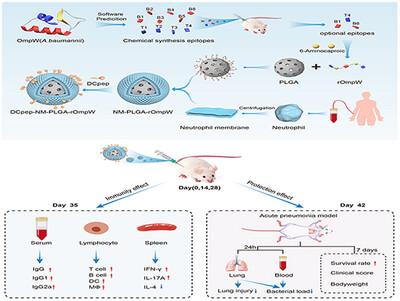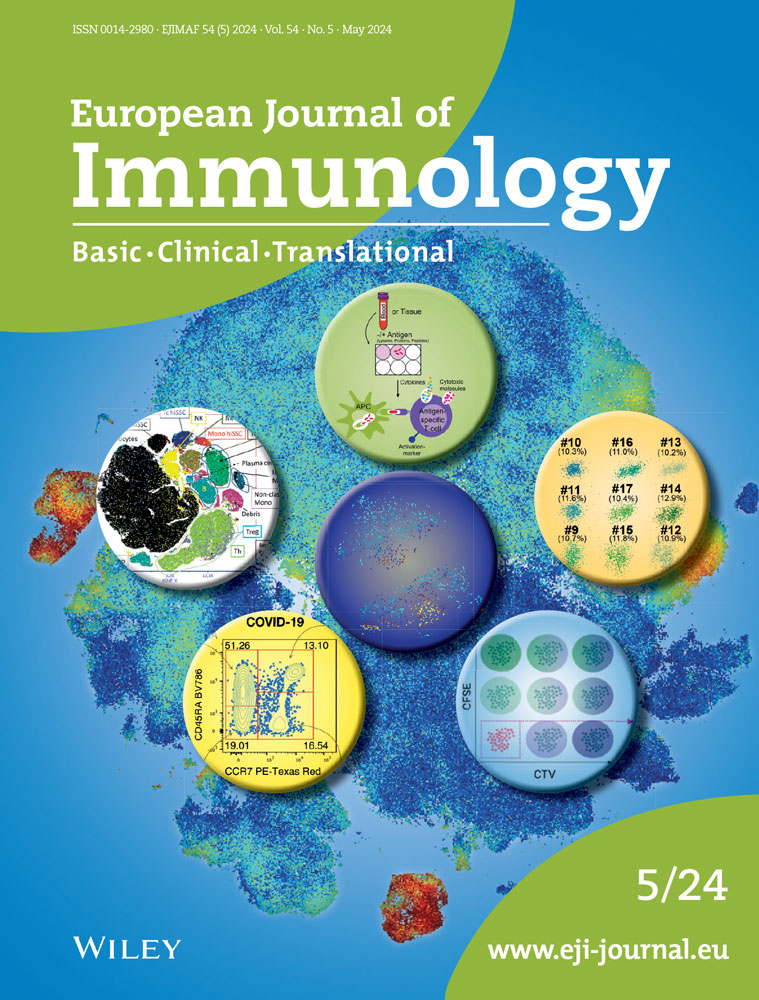Immunogenicity-Guided Design of an Acinetobacter baumanii Vaccine
Abstract
The development of vaccines represents a promising and safe strategy to combat multidrug-resistant (MDR) Acinetobacter baumannii (A. baumannii) infections. In this study, we designed and evaluated a dendritic cell (DC)-targeting multiepitope peptide-based biomimetic nanovaccine for its immunogenicity and protective efficacy in a murine model. Bioinformatics tools were employed to predict and screen B- and T-cell epitopes derived from the OmpW protein of A. baumannii, followed by immunological validation. The dominant epitopes were sequentially linked using 6-aminocaproic acid to synthesize a multiepitope peptide, rOmpW. Subsequently, rOmpW was encapsulated within polylactic-co-glycolic acid (PLGA) nanoparticles coated with neutrophil membranes (NM), and the surface was functionalized with a DC-targeting peptide (DCpep) to construct the biomimetic nanovaccine, DCpep-NM-PLGA-rOmpW. This biomimetic nanovaccine elicited robust Th1 and Th17 cellular immune responses, as well as humoral immunity, and demonstrated significant protective efficacy in a murine model of acute lethal pneumonia caused by A. baumannii. These findings underscore the translational potential of this biomimetic nanovaccine as a prophylactic strategy against A. baumannii infections.


 求助内容:
求助内容: 应助结果提醒方式:
应助结果提醒方式:


